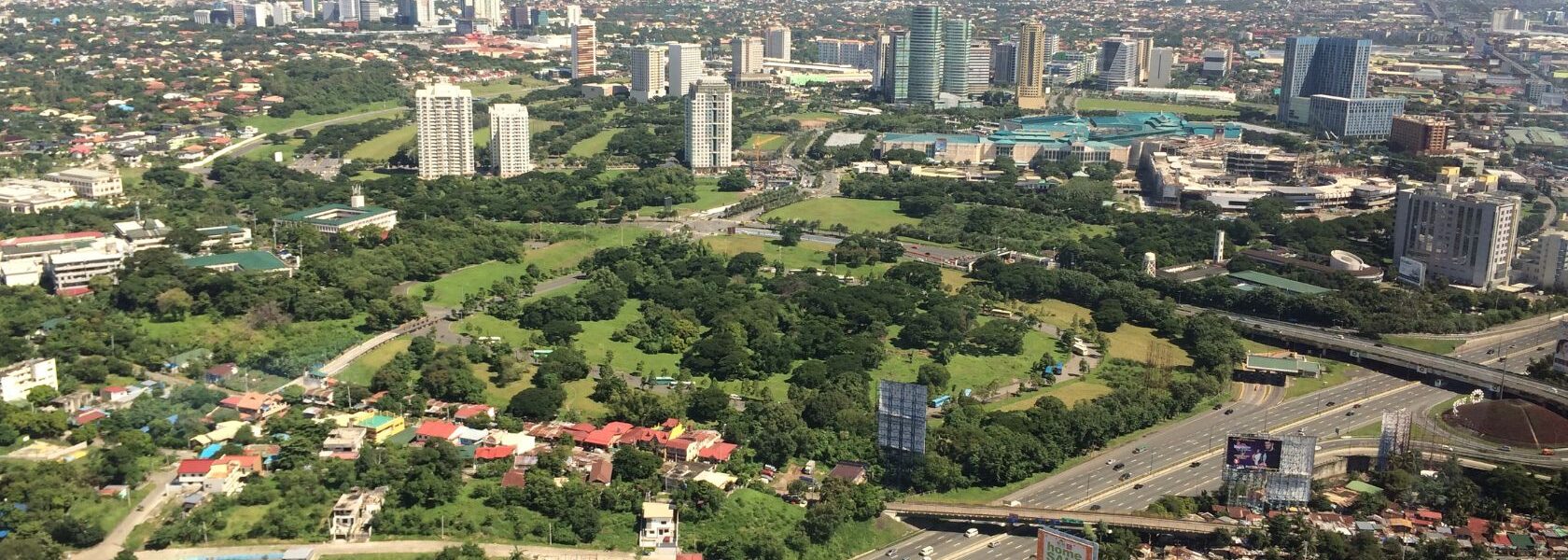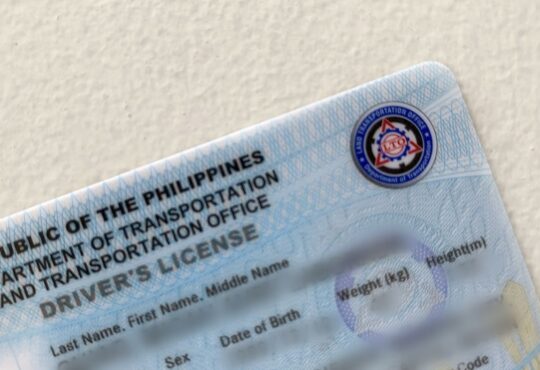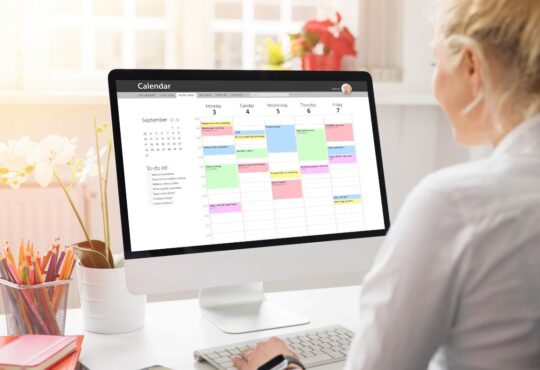
How To Buy A Property In The Philippines As An OFW In 2024
The reason there are more than two million Overseas Filipino Workers (OFWs) abroad and this number keeps growing is the desire of many individuals to improve the economic living conditions of their families. Most of them start with a simple objective of providing for the subsistence of their dependents. They often stay long enough abroad to work and save.
With their sacrifices, the OFWs are able to remit and save enough eventually. They’re also driven by a higher goal like acquiring a valuable asset, such as a house and lot or a flat in a high-rise building, thus further uplifting the living standards of their family.
You could well be one of these OFWs aspiring for a better quality of life. A property is a very valuable and important investment that requires your careful and thorough study and decision as a buyer. You spent blood, sweat, and tears to save for it; you cannot afford to bungle the purchase of your future home.

In this article, we will discuss how OFWs who are currently residing in different countries can buy property in the Philippines in 2024. So if you are one of them, congratulations on the decision to look for and buy a property in the Philippines. Let this article be your guide as you search for the right information on how to buy a property in the Philippines as an OFW.
How to Buy a Property in the Philippines If You’re Overseas: A Step-By-Step Guide
The good news is that even if you’re abroad, you can still go ahead with the big step of owning a new property even without taking a leave of absence from work to personally attend to it.
You might still need to physically check the property that you’re interested in but you don’t necessarily have to do all the legwork of getting the papers done or securing a deal.
These days, the prevalence of electronic communication and even emerging technologies has made it easier for an OFW to make the selection and purchase a property back home.
To make things more convenient for you, we’ve compiled a step-by-step process on how to buy a property in the Philippines if you are an OFWr:
1. Make an assessment.
Before going into the details of home buying, you should make an honest personal assessment. Ask yourself the following questions:
- Am I really ready to buy a property?
- Have I saved up enough?
- Based on my budget, how much can I afford?
It is important to consider your future life plans when going through your evaluation and decision-making. You can proceed with the rest of the steps when you are certain that you are all set and have made up your mind to go ahead with your house purchase plans.
2. Do research on your choice of home as well as the broker.
Online real estate platforms can now allow you to search for homes before talking to brokers. Alternatively, you may also opt to connect with the broker through the online platform remotely.
Information on these online real estate platforms can be relied upon, as they are verified through reviews by trustworthy real estate professionals, property developers, and home buyers.
You may then proceed to decide which type of property you want to own. Consider the location, size, type, and features in which your budget will fit.
You will need to partner with a reliable property broker to help you with the rather complex process of owning a property. Be sure to talk to at least two well-established and experienced brokers to be able to get accurate information and advice. Choose the broker with the best overall rating based on your selection criteria.
3. Make the decision on home choice from available options.
Your broker will offer many suggestions and choices for you to select from. The ultimate decision should be yours to make, not your broker’s. You should have also weighed in on your family’s opinions of their desired home before making your final choice.
Leading brokers are now able to provide interactive content through technology like a 360-degree virtual reality wherein you will be able to have a virtual tour of the selected property.
It is the second best thing to see the real property personally. You can attend a property viewing by contacting a visiting broker abroad, attending OFW events, scheduling an on-demand 360 virtual reality property viewing or simply taking the virtual tour online. Most established brokers these days will allow you to be able to do this.
If you are in the negotiation stage with your broker, make sure that you fully document all the agreements you have discussed with him and have him acknowledge it in an email.
These agreements should be reflected in the contract to sell that you (through your representative) will sign later on.
4. Do background checks.
Since you will probably be spending your entire life’s savings on this big-ticket purchase, it just goes without saying that you need to check the property you are going to buy. Don’t make a decision based on photos alone.
If you can’t travel to the Philippines, find a way for a trusted person (who could be your representative also) to inspect the property. Check not only the actual physical location but also the Register of Deeds to make sure that everything with the property is on order including the legality and ownership.
5. Elect the person who can best represent you.
Since you cannot be present in most transactions during the home-buying process, it is necessary that you elect someone who will act in your best interest. It is natural to assign your spouse, child, brother, sister, or a close family member for this.
The representative you chose will be called your attorney-in-fact. Your attorney-in-fact will make the reservation of the housing unit, sign the reservation form, Special Power of Attorney (SPA), and authorized representative form, and pay the reservation fee for you.
What to prepare at this stage: Keep your important documents ready, such as your passport, visa, government-issued IDs, and other personal identification documents. You may need to have these photocopied as you are finalizing the SPA.
6. Accomplish and submit the necessary documents.

Your broker will then ask you to sign the SPA, which when signed, will be the legal document that authorizes your attorney-in-fact to act on your behalf.
This document, along with other papers, may require consularization or signing by the Philippine Consulate where you’re based, in order for them to be considered valid.
So, allow some time to get this done, as you may need to go to the consulate office to get the authentication and send back the document/s to your representative in the Philippines.
This can set you back at approximately US$ 25, but the amount varies which country you work from. Upon validation by the Consular Office, the documents will have a seal and a red ribbon on them.
In general, these are the following documents that you need to prepare and send via courier to your attorney-in-fact who has to submit them within 30 days once the reservation has been made:
- SPA, authenticated by the Philippine consulate, a process known as consularization
- Proof of income (in the recent three months)
- Proof of billing (in the Philippines)
- Certificate of employment and compensation. This needs to be consularized also.
- Employment contract (in English). The contract must have your employer’s seal and the signature of the authorized personnel (e.g., HR manager). It can be photocopied, provided it is certified as true and correct.
- Scanned or photocopy of your passport and IDs. Keep in mind that you may be asked to produce at least two IDs issued by the Philippine government, so your labor card or Emirates ID might not be honored.
- Taxpayer Identification Number (TIN) for verification. You may ask the broker to get this for you If you don’t have one in the Philippines.
- Post-dated checks. They will be issued for the down payment. Assign your attorney-in-fact to open a checking account for you in his name if you haven’t one yet. You can also ask your representative to request for a checking account to be opened for you if you have a local savings account.
7. Apply for a housing loan
Through your attorney-in-fact, you may apply for a loan or financing scheme.
You may opt to borrow money from a bank, which is commonly referred to as bank financing. You can apply for in-house financing through the property developer or go for Pag-IBIG financing.
Send all the required documents listed above through a courier to your property broker. Your broker will then submit all these documents and the post-dated checks to the property developer.
From there, all you need to do is ensure that you fund your checking account to pay the monthly amortization. Please make sure you have enough money in the bank to cover these checks to avoid headaches later on.
The steps above are applicable to a house and lot property and may vary somewhat depending on the terms of the bank and the developer.
When buying a condominium unit, developers usually require a 10 percent to 30 percent down payment.
Very important points to consider:
- The buying process will require you to sign numerous documents. Expect to sign pages upon pages of text.
- Before you sign anything, read the fine print first. Don’t get too excited. Your broker may pressure you into wrapping up everything fast and assure you that everything is in order. Don’t take his or her word for it.
- Ask for some time to review the contract. Check for any clauses or provisions that protect you as a buyer or any part of the document that could lead you into trouble later on.
- Clarify the terms and conditions that are vague to you. Ask that they be explained in writing and included as an addendum to the main document.
Costs of Real Estate Transactions in the Philippines
Aside from the costs that you will have spent preparing the documents mentioned earlier, there are other major costs to consider and they will be dependent on whom the purchase was made from. These are explained in the following table:

Property Turnover After a Successful Sale
The property turnover process, when the property changes hands, is the most important moment for a new homeowner. This happens after the Authority-To-Turnover documentation or clearance has been issued.
- After the turnover process, the completion periods of the property are as follows:
-
- Approximately 9 months for the construction of a housing unit
- 30 days for a single-unit condominium
- 45 days for dual condominium units (with a shared driveway and attached garages).
- The client will conduct an inspection or punch listing after the unit has been completed.
- Rectification of the punch-listed items is to be done immediately and their completion will depend on the nature or complexity of the punch-listed items.
What you can expect to happen before or during the turnover process?
The client is required to pay the fees and deposits prior to the turnover of the unit
During the handover of the unit, a client orientation on community house rules and regulations will be done.
A kit that includes the keys and a welcome gift, usually, is given during the handover of the unit.
Any added improvements or upgrades to the unit will be allowed only after the acceptance of the unit. Certain warranties may be voided if any material alteration to the unit is done by the owner.
Obtaining Your Property Title
The evidence of your ownership of a lot is the Transfer Certificate of Title (TCT). It is called a transfer certificate because, with this legal document, the former title and ownership have been canceled and transferred to the new owner by reason of sale or transfer.
For a condominium unit, the document of ownership is the Ownership of Condominium Certificate of Title (CCT). The transfer of these certificates is normally not executed until you have fully paid the property.
The house and lot or condominium unit you will own will be a treasured possession that you spent practically your entire productive career life on.
It is a fitting culmination of all your struggles and an answer to one of your cherished dreams. Your property should be considered not only as a testimony to your success but as a lifetime asset that may even be a future inheritance for your family.
It is only proper that you give the preparation the utmost importance it deserves and observe the due diligence in following the steps in the home-buying process.
Are You Ready to Buy a Property in the Philippines as an OFW?

Buying a property in the Philippines as an Overseas Filipino Worker (OFW) is a significant yet manageable endeavor with careful planning and the right resources. The advancements in technology and the availability of reliable real estate platforms have simplified the process, allowing OFWs to make informed decisions from abroad. By conducting thorough research, engaging with trustworthy brokers, and ensuring all legal documents are properly authenticated, OFWs can effectively navigate the complexities of property acquisition without needing to be physically present.
Moreover, the importance of meticulous preparation cannot be overstated. Prospective buyers must diligently assess their readiness and financial capability, carefully select their representatives, and ensure all necessary documents are in order to avoid any pitfalls. The effort invested in understanding the legal and financial implications, as well as in securing a trustworthy attorney-in-fact, will pay off in securing a valuable asset that stands as a testament to the OFW’s hard work and sacrifices. Ultimately, the successful acquisition of property can significantly enhance the living standards of their families and serve as a lasting legacy for future generations.



